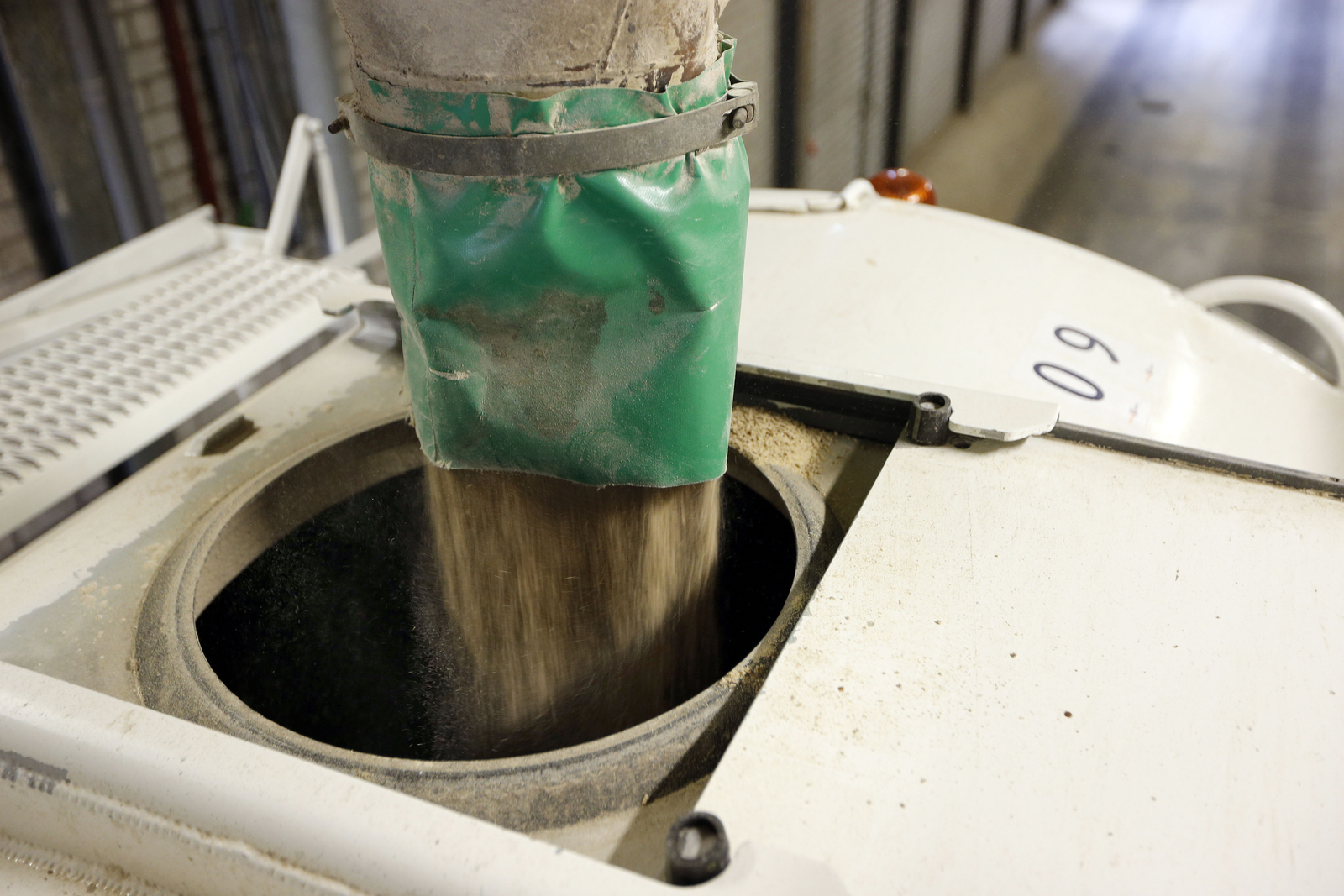Fefac expects less feed production in 2014

The European Union (EU) has produced 0.5% less compound feed in 2013 compared to 2012. Fefac expects a further drop in feed production in the coming year, due to the extremely ?fragile economic situation in many livestock holdings in the EU.
By Emmy Koeleman
Compound feed production in the EU-28 (Greece, Malta and Luxembourg excluded) in 2013 reached an estimated level of 153.8 million tonnes. This is slightly less than in 2012, according to data provided by Fefac members. Fefac, the European Compound Feed Manufacturers’ Federation, represents 22 national Associations in 21 EU Member States as well as Associations in Switzerland, Turkey, Croatia, Serbia, Russia and Norway with observer/associate member status. While pig feed production dropped by 1.7%, cattle and poultry feed have seen their production grow respectively by +0.8 and +0.6%. As a consequence, poultry feed consolidated its position of leading segment of EU compound feed production slightly above pig feed.
Less pigs and weather impact
The most important factors which have weighed on the EU feed demand in 2013 was the cool weather in spring, which impacted on availability of forages in a large number of countries and the still fragile economic situation of the pig sector, which, along with the implementation of the group-housing requirements for sows, affected the resilience of the pig production. On a whole, European pig producers owned 135.6 million animals last year, 0.5% less than in 2012, according to EU figures. The number of sows in the EU between December 2012 and December 2013 dropped with 1,6% to 11.5 million animals. Among the largest producing countries, UK and Poland performed rather well, with annual growth of resp. +5 and +3%, while Germany and Italy remained stable and France, Spain, and the Netherlands saw their production fall by 1%. Germany strengthened its position as leading EU country in terms of total compound feed production before France and Spain shoulder to shoulder. The new EU Member State, Croatia, has seen its compound feed production falling by 7% from 635,000 to 590,000 t compared to 2012.
Poultry feed stabilises
Fefac market experts foresee a stabilisation in poultry feed production, a further reduction in pig feed production (-0.5%) and a more significant reduction in cattle feed demand due to better expected weather conditions for grasslands and forages production (-1%). Overall, this would lead to a 1% decrease in compound feed production in 2014 versus 2013. The general export-led market demand for livestock markets, mainly dairy products is improving while agricultural markets for grain and key protein ingredients have softened compared with the previous year. This generally more favourable economic context is however contrasted by the still very fragile economic situation in many livestock farm holdings in EU and political uncertainties linked to the situation in Ukraine and with regard to the impact of future free trade agreements both regarding tariff concessions for livestock imports to the EU and market access to raw materials.
[Source: AllAboutFedd magazine Vol22 nr 4, 2014]











